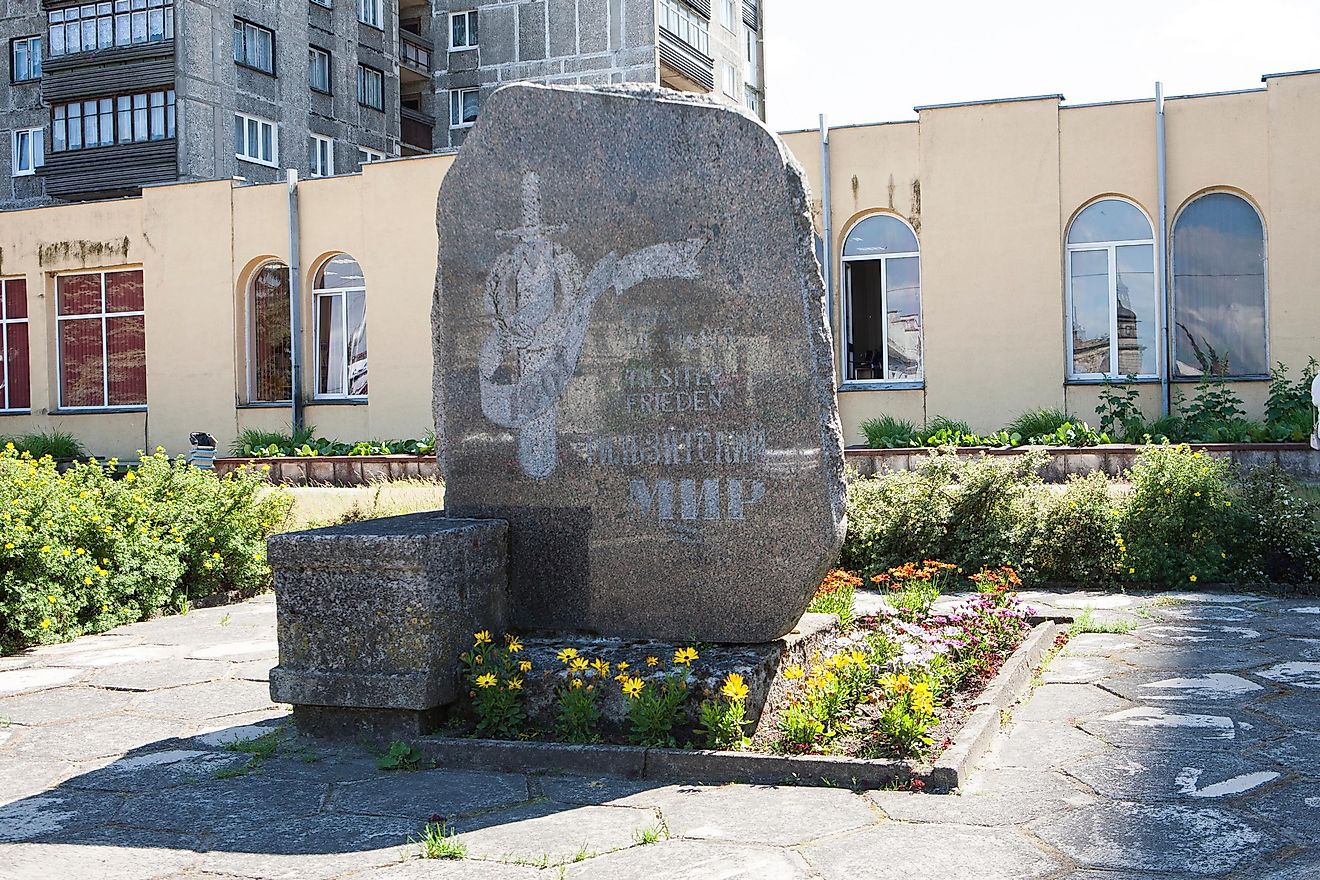What Were the Treaties of Tilsit?

The Tilsit treaties were two agreements signed in July 1807 in the town of Tilsit, East Prussia, by Napoleon I of France after winning the Battle of Friedland. The first agreement was signed by Napoleon I and Emperor Alexander I of Russia on July 7, 1807, after meeting on a raft in the middle of the Neman River. The second agreement was signed with Prussia on July 9, 1807. These agreements were signed at the expense of the King of Prussia, who agreed to a truce after the French army captured Berlin. Napoleon I cemented his power in Central Europe after signing the treaties, as well as gaining Russia and Prussia and Russia as his allies against Great Britain and Sweden.
Franco-Russian Treaty
The Franco-Russian treaty ended the battle between France and Russia, and started an alliance between the two empires. The French Empire and Imperial Russia agreed to assist each other in numerous disputes. For example, Russia joined the Continental Blockade against the British, while France decided to support the Russians against the Ottoman Empire. Napoleon I also managed to convince Imperial Russia to initiate the Finnish War and force Sweden to join the Continental Blockade. The Emperor of Russia vacated Moldavia and Wallachia, which the Russian army occupied during the Ruso-Turkish Battle. Imperial Russia also handed over Cattaro and the Ionian Islands to France, and France guaranteed the independence of the Duchy of Oldenburg and numerous other states which were under Emperor of Russia’s German relatives.
Franco-Prussian Treaty
The Franco-Prussian treaty stripped Prussia of almost half its territory and enabled France to create numerous sister republics from the territory it gained from Prussia. Some of these sister French republics included the Republic of Danzig, Duchy of Warsaw, and the Westphalia Kingdom, while other territories were awarded to Russia and other French client states. The left bank of Elbe river was given to the Westphalia Kingdom, Cottbus to Saxony, and Bialystok to Russia. Additionally, a considerable percentage of Polish land owned by Prussia became the Duchy of Warsaw.
Prussia was forced to reduce its military to 43,000 soldiers, and the French Empire fixed its tribute to be levied from the Prussian Kingdom at 154,500,000 francs. The treaty was considered to be a national humiliation and unequal by numerous observers in Russia and Prussia. Therefore, the Russian army refused to follow Napoleon’s order, and Russian royalty blocked Napoleon’s plan to marry the tsar’s sister. The union between Russia and the French Empire broke down after the Russian Emperor began allowing neutral vessels to dock in Russian ports in 1810. The alliance ended in 1812 after the French army crossed the Neman River and invaded Russia.
Population and Territorial Losses Experienced by Prussia
Under the terms of the Tilsit Treaties, the area of Prussia was reduced by about 50%, from 124,868.68 sq mi to 61,339 sq mi, and its population decreased from 9.75 million to 4.5 million. The state’s revenue, which previously amounted to $40 million, was significantly reduced since all of the ceded provinces were fertile and rich. Most of the territory Prussia gained after the partitions of Poland was ceded, and Russia gained a territory that was inhabited by over 200,00 people.











